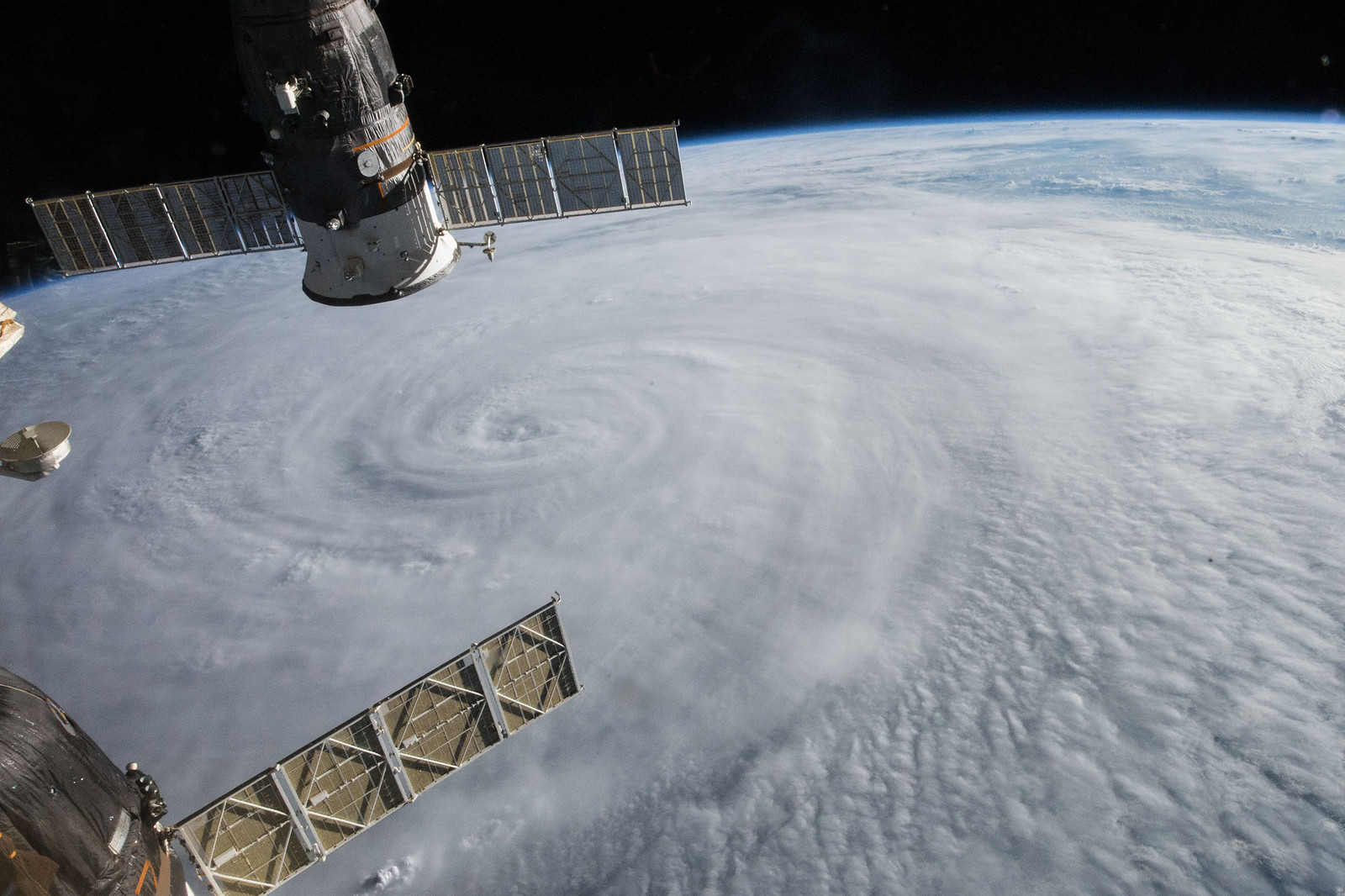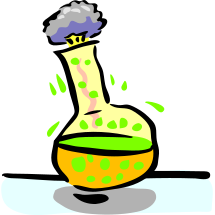
In our time when information and news from all over the world is readily available to everyone, a clash of cultures and practices is unavoidable. This usually leads to misinformation. Storm strength and warning levels is one of those always misunderstood by many people.
Here in the Philippines, we have what we call the Public Storm Warning Signal which is only up to Signal No. 4. In the US, they use the Saffir-Simpson Hurricane Category Scale which reaches up to Category 5. These two are totally different, and for this post, I will try to clear the difference between the two to avoid another misunderstanding.
But before that, I want to request to news networks like CNN to at least take extra effort in giving storm scales based on a particular region or country’s system. For example, Typhoon Parma is obviously within the Philippine Area of Responsibility and as such, they can call the Philippine Atmospheric, Geophysical, and Astronomical Services Administration (or PAGASA) and ask for the local storm scaling system.
For my fellow Filipinos, here is a table of the difference between PAGASA’s Public Storm Warning Signal (PSWS) system and the Saffir-Simpson Hurricane Category Scale.
As you can see above, the Saffir-Simpson scale Categories 1 through 5 is equivalent to PAGASA’s Signal No.2 and No.5. Interestingly, Signal No.5 is simply “any wind speed greater than 220 km/h” which is a strong Category 4 or 5 storm. This means that a strong Category 4 and Category 5 storms are that STRONG!
Another thing to remember here is that, a super typhoon is a typhoon that reached maximum wind speed of 200 km/h according to PAGASA or 150 mph or 240 km/h according to UCAR and JTWC. This is equivalent to a strong Category 4 or Category 5 Hurricane on the Saffir-Simpson scale.
All clear? Good!
We’re done! But if you want to continue reading and know additional information (more like a trivia) then continue reading.
Difference between Typhoon and Hurricane
Typhoon and hurricane are terms describing the same weather phenomenon. They are only different names used in different places. In the Atlantic and North-Eastern Pacific regions such as the United States, people call them hurricanes. In the North-West Pacific region such as Hong Kong, people call them typhoons. In the Indian Ocean region, people call them cyclones. In all regions, people classify them by their strengths. In Hong Kong, the strongest is Tropical Cyclone Warning Signal Number 10, meaning that hurricane force wind is expected or blowing with sustained wind speed reaching 118 km/h or above and gusts may exceed 220 km/h. In the United States, hurricanes are classified into five categories. But the weakest category one hurricane means wind speeds of 118 to 153 km/h, equivalent to Tropical Cyclone Warning Signal Number 10 in Hong Kong. Category five hurricanes have speeds over 249 km/h and can cause waves over 5.5 m tall.
What’s the difference between a hurricane and a typhoon or tropical cyclone?
When a tropical disturbance organizes to the point where its sustained winds top 34 knots (39 mph), it's known as a tropical cyclone. But various parts of the world use a variety of terms once a tropical cyclone packs winds of at least 65 knots (74 mph). Around North and Central America, they're called hurricanes. The god of evil for the Carib people was named Hurican, according to the authors of Hurricane Strike! That's the source, with a slight twist in spelling, of the name used in the Atlantic Ocean, Caribbean Sea, Gulf of Mexico, and North-East Pacific Ocean. In the North-West Pacific, the same powerful storms are called typhoons. In the South-Eastern Indian and South-West Pacific Oceans they're called severe tropical cyclones. In the North Indian Ocean, they're called severe cyclonic storms, while in the South-West Indian Ocean, they simply keep the name tropical cyclone. Hurricanes that make Category 3 status on the Saffir-Simpson scale (winds of at least 96 knots or 111 mph) are labeled intense hurricanes. If a typhoon hits 132 knots (150 mph), it becomes a super typhoon.


